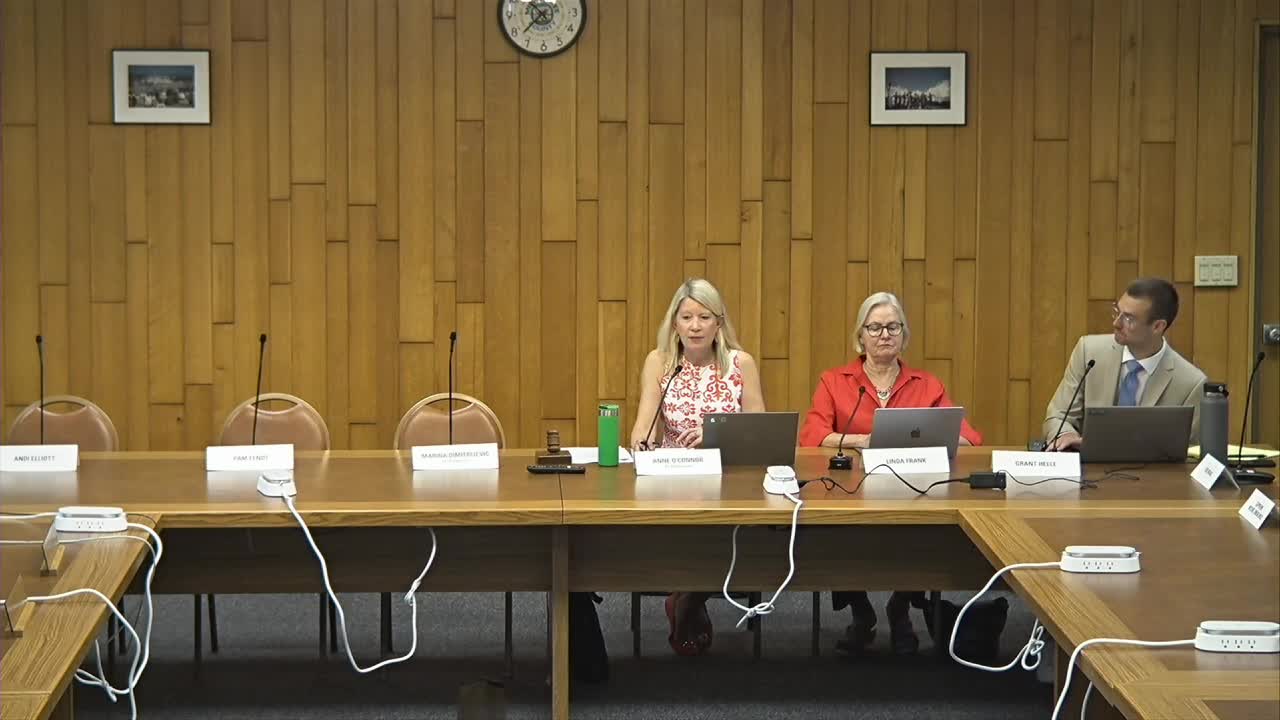Milwaukee County Implements Sustainable Design Standards for Capital Projects
July 16, 2025 | Milwaukee County, Wisconsin
This article was created by AI summarizing key points discussed. AI makes mistakes, so for full details and context, please refer to the video of the full meeting. Please report any errors so we can fix them. Report an error »

Milwaukee County is taking significant strides toward sustainability with the introduction of new sustainable design standards aimed at enhancing energy efficiency and climate resilience in county facilities. During a recent hybrid meeting of the City-County Advisory Board on Climate and Economic Equity, officials discussed the rollout of these standards, which began development in October and were officially issued in March.
The standards categorize projects into two tiers based on size and cost, with Tier 1 projects requiring strict adherence to mandatory requirements, while Tier 2 projects must meet these standards but can take additional steps for enhanced sustainability. Key focus areas include energy efficiency, emissions control, and climate resilience, with specific mandates such as the installation of LED lighting and the implementation of nature-based solutions like green roofs.
A notable aspect of the meeting was the emphasis on the economic impact of these initiatives. Committee members highlighted the importance of integrating youth apprentices into projects, which not only provides valuable training but also stimulates local job creation. The contractor for a recent lighting project, Alcon—a female minority-owned business—was praised for its role in training youth apprentices from various schools.
As Milwaukee County prepares for its 2026 capital budgeting, the sustainable design standards will influence all proposed projects, ensuring that cost estimates reflect the requirements of these new guidelines. The county plans to track the implementation of these standards through a scorecard system, which will document decisions and associated costs for each project.
The meeting underscored the county's commitment to sustainability and economic equity, with officials expressing optimism about the long-term benefits of these initiatives for both the environment and the local economy.
The standards categorize projects into two tiers based on size and cost, with Tier 1 projects requiring strict adherence to mandatory requirements, while Tier 2 projects must meet these standards but can take additional steps for enhanced sustainability. Key focus areas include energy efficiency, emissions control, and climate resilience, with specific mandates such as the installation of LED lighting and the implementation of nature-based solutions like green roofs.
A notable aspect of the meeting was the emphasis on the economic impact of these initiatives. Committee members highlighted the importance of integrating youth apprentices into projects, which not only provides valuable training but also stimulates local job creation. The contractor for a recent lighting project, Alcon—a female minority-owned business—was praised for its role in training youth apprentices from various schools.
As Milwaukee County prepares for its 2026 capital budgeting, the sustainable design standards will influence all proposed projects, ensuring that cost estimates reflect the requirements of these new guidelines. The county plans to track the implementation of these standards through a scorecard system, which will document decisions and associated costs for each project.
The meeting underscored the county's commitment to sustainability and economic equity, with officials expressing optimism about the long-term benefits of these initiatives for both the environment and the local economy.
View full meeting
This article is based on a recent meeting—watch the full video and explore the complete transcript for deeper insights into the discussion.
View full meeting
